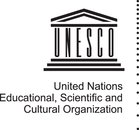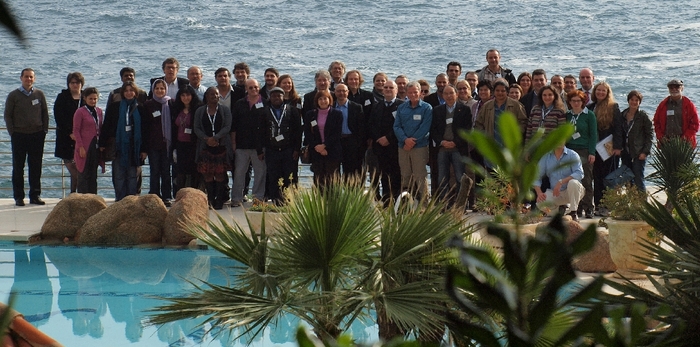

|
Understanding Extreme Geohazards: The Science of the Disaster Risk Management Cycle
European Science Foundation Conference
November 28 to December 1, 2011, Sant Feliu de Guixols, Spain
|


|

|

Participants of the Conference.
Conference Rationale: Extreme geohazards are the cause of major disasters. Most of the lives and property lost to disasters caused by geohazards are lost during extreme events. Although extreme geohazards are infrequent and restricted to certain geographical regions, their potential impact is huge and of global scale. For example, the 1755 Lisbon earthquake had a profound impact on European philosphy, culture and art (see also for example the many pieces of art in the Jan Kozak Collection). The global and long-lasting societal and economic impacts of the 2004 Sumatra and 2011 Japan earthquakes and associated tsunamis illustrate the scale of disasters caused by extreme geohazards, and they reminded us of the challenge of these extreme events for disaster risk management. At the same time, the recent major geohazards with global impacts are dwarfed by the largest geohazards that occurred during the last few millenniums. The potential impact on our civilization of any such rare event tends to be ignored in our planning of land use and infrastructure. Understanding the full spectrum of extreme geohazards is a prerequisite for disaster risk management and increased global resilience to these events. Reducing the disasters induced by the occurrence of extreme hazards at an acceptable economic cost requires a solid scientific understanding of the hazards. The recent disasters revealed gaps in the knowledge available for policy and decision making. It was therefore timely to review our understanding of extreme geohazards and to relate this knowledge to the full risk management cycle.
Conference Goals: The conference aimed to review the state-of-the-art of our understanding of extreme geohazards and to identify the most urgent scientific challenges that hinder the application of our knowledge of hazards to risk management. A main outcome of the conference is a declaration with a list of actions that would help to ensure that the scientific challenges are addressed in a timely manner and that the resulting information is communicated to policy and decision makers at an actionable level.
Heritage: The conference is a continuation of the series of international workshops on geohazards organized by the Geohazards Theme of the Integrate Global Observation Strategy Partnership (see http://igosg.brgm.fr/workshops_meetings.asp for details on the workshops). The second of these workshops took place in 2005 in Orleans, France, and the last one, the third, in 2007 in Frascati, Italy. This last workshop accepted the so-called Frascati Declaration, which, among others, recommended the Supersite Initiative. This initiative focuses on areas which have the potential to generate extreme geohazards. For these areas, the initiative promotes free exchange of all relevant data, including both in situ, airborne, and spaceborne observations, and the availability of the data for scientific studies. The identification of supersite locations and the implementation of the concept are important steps towards better scientific support for managing the risks of extreme geohazards.
Participation: The conference is open to all scientists and experts in geohazards and disaster risk management. If you are interested in participating, please, submit the Application Form.
|